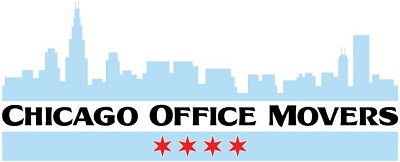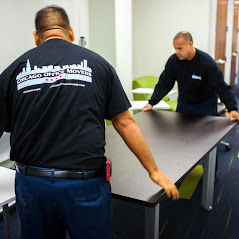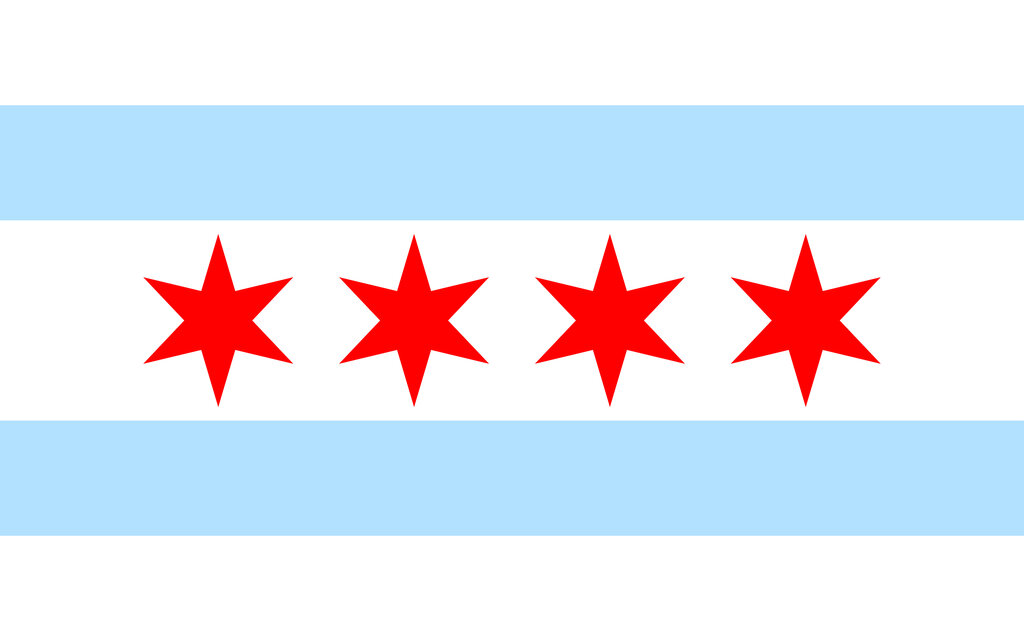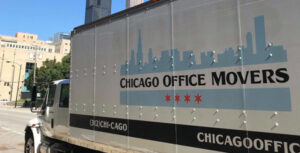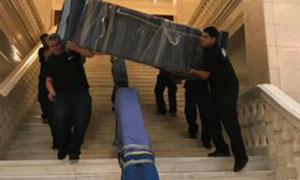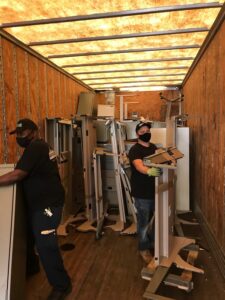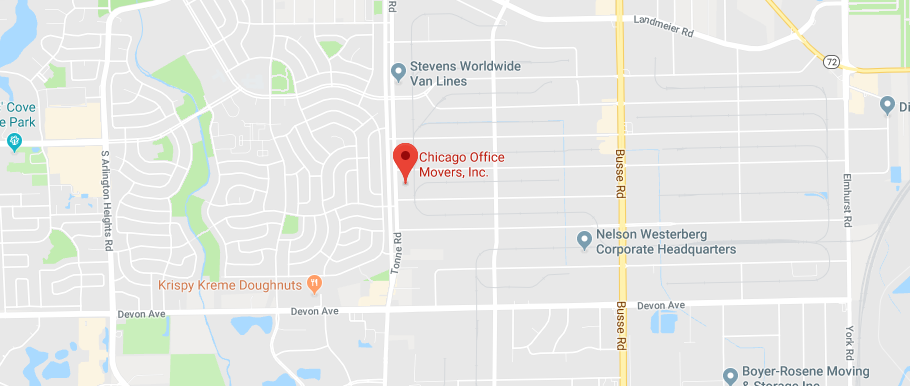
7 Most Popular Things to Do in Chicago
7 Most Popular Things to Do in Chicago
Written by Chicago Office Movers on . Posted in City Profiles, Community Events
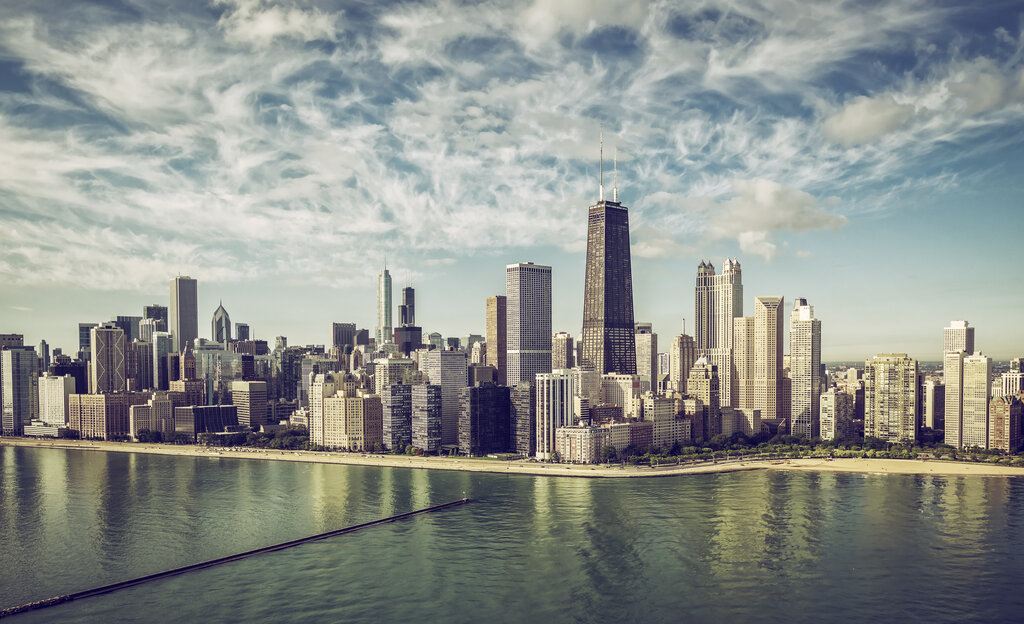
Chicago is a bustling town known for its unique charm and lively nightlife. Tourists flock to this major U.S. city from all around the world. Visitors and residents alike find plenty to do in Chicago. Here are a handful of the most popular attractions in the city.
As the largest city in the Midwest, Chicago was originally a water transit hub. Chicago’s lakeshore borders Lake Michigan, one of the five Great Lakes, and the Chicago River runs through downtown. The city was founded in 1830 and soon became a busy industrial metropolis.
Twenty-five years later, in 1855, Chicago built the world’s first skyscraper, the Home Insurance Building, which stood 10 stories high. Well-known architects added to the city’s skyline. During this time, Chicago became a national retail center, attracting business tycoons, like Marshall Field.
Nicknamed the Windy City, Chicago’s colorful history lends significantly to the major attractions it boasts of today. From recreational activities on the lakefront to stunning architecture in downtown, Chicago continues to satisfy its urban residents and out-of-town tourists with equal zeal.
1. Navy Pier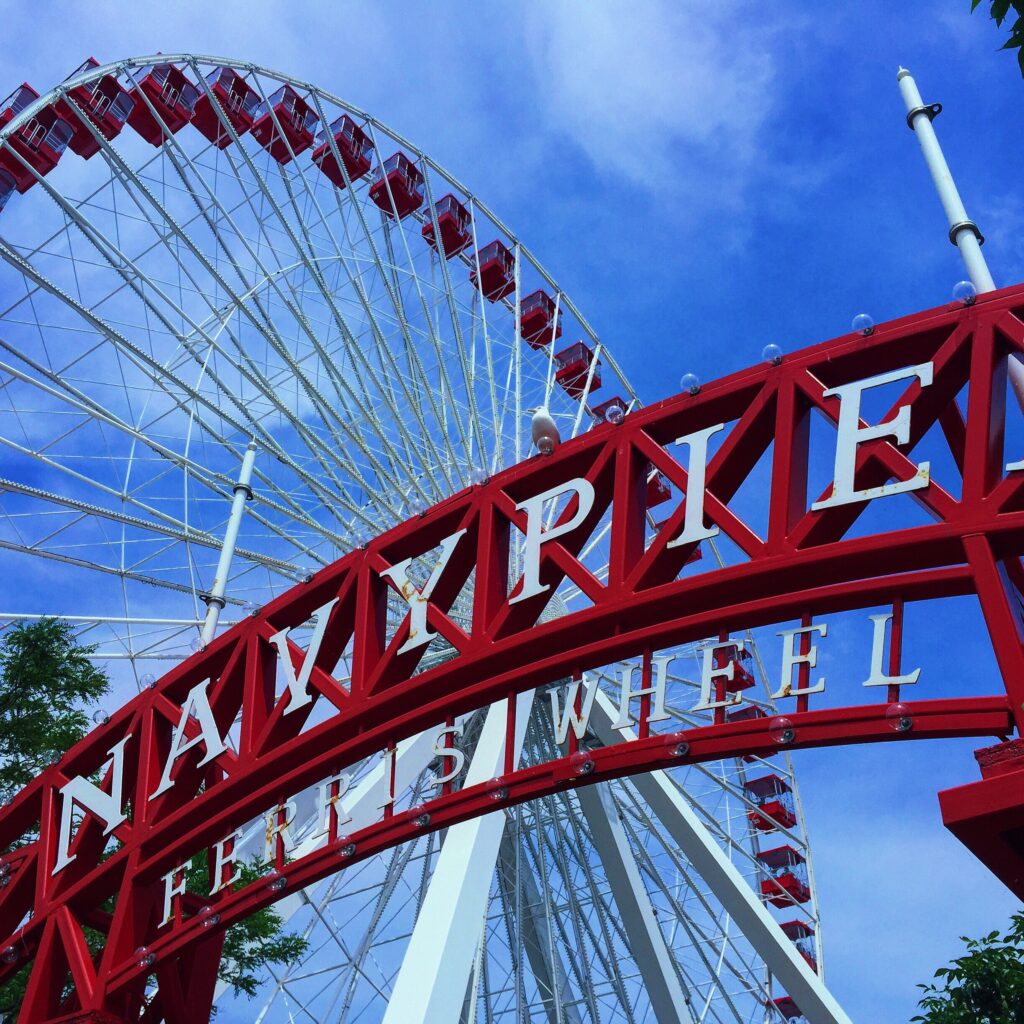
Navy Pier is recognized as one of Chicago’s premier attractions. Nestled on Chicago’s lakefront, Navy Pier offers families and individuals a wide range of events, free public programs, culture and dining and much more. Navy Pier has reopened since the Covid-19 pandemic.
Ride Navy Pier’s Centennial Wheel, which is nearly 200 feet high. The Centennial Wheel gives visitors a breathtaking view of the city skyline, especially as the sun dips behind Lake Michigan at sunset. Visitors capture the spectacular sights even in winter as they sit inside its climate-controlled, heated gondolas.
Residents and tourists go sightseeing on Navy Pier’s many cruises. Architecture cruises give sightseers panoramic city views. Speed boat rides on Lake Michigan are available for thrill seekers. Fireworks light up the city’s night sky in summer, and guests can see them on Navy Pier’s firework cruises.
2. Museums
Chicago’s numerous museums are a testament to the city’s rich cultural scene. Star gazers will find plenty to see at the Adler Planetarium. History buffs can view dinosaur bones at the Field Museum. Chicago’s Museum of Science and Industry is ideal for those who appreciate the sciences.
Art museums are abundant in the city. The Art Institute of Chicago is one of the largest in the world. The Museum of Contemporary Art and Smart Museum of Art showcase diverse artwork. A Chicago Children’s Museum is dedicated to enthralling the youngest of museum-goers
3. Skyscrapers
Along with fascinating architecture are majestic skyscrapers that point toward the sky. The Willis Tower (formerly known as the Sears Tower) was once the tallest building in the world. Visitors can head to the Skydeck and look down from the glass balcony on The Ledge on the 103rd floor.
The 360 Chicago Observation Deck (formerly the John Hancock Observatory) is another popular destination within the city. Standing at 100 stories and 1,128 feet high, guests have a unique vantage point of the seemingly endless skyline. Its moving platform, TILT, also offers downward views.
4. Food
Deep dish pizza is a Chicago favorite and has earned its place as one of the city’s most iconic foods. The famous pizza pies are served in numerous venues around the city, including popular restaurants, like Giordano’s and Lou Malnati’s.
Chicago-style hotdogs are all the rave in the Windy City. Served without ketchup, the Chicago-style hot dog is topped with mustard, pickles, relish, tomato, onions, peppers and a dash of salt. Several well-known restaurant chains serve this flavorful hotdog on a poppy-seed bun.
5. Chicago Riverwalk
The Chicago River is a treasured natural feature within the city, and the Chicago Riverwalk allows visitors the chance to enjoy the waterway from close up. The Riverwalk is 1.25 miles long and is dotted with restaurants, bars, and plenty of places to people watch on a summer day.
6. Cloud Gate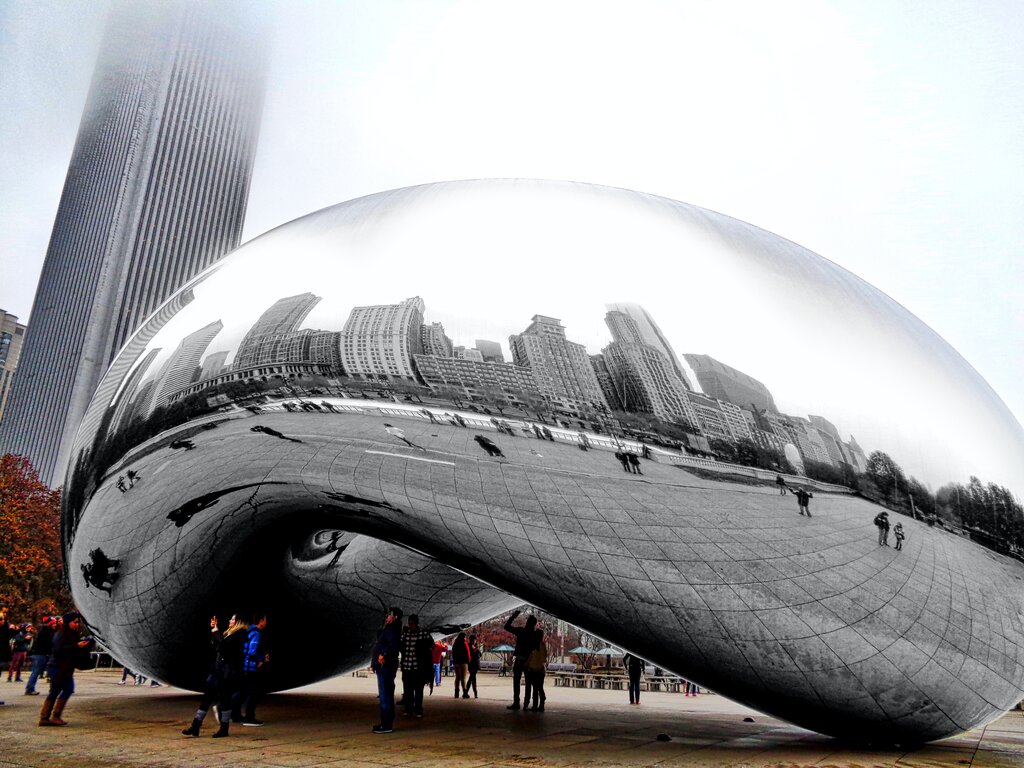
The official title for one of Chicago’s most popular sculptures is the Cloud Gate. The massive public sculpture reflects the city skyline as well as the green space around Millennial Park—the free public park in which it is famously located.
The Cloud Gate consists entirely of welded stainless steel. The sculpture stands 33 feet high, 42 feet wide and 66 feet long. The work of art weighs approximately 110 tons. Locals nicknamed the sculpture “The Bean”, due to its curved, oblong shape.
7. Lake Michigan
Chicago residents and tourists head to Lake Michigan all year, but crowds especially gather when the weather is inviting. Beaches, like North Avenue and Oak Street, attract sunbathers, while the 18-mile-long Lakefront Trail brings countless bicyclists, walkers and joggers to its paved paths.
Boats may be rented for rides on the lake. Groups may rent a 40-foot boat and cruise along Lake Michigan and then head toward the Chicago River to view the city’s riverfront architecture. A day on the waters of Lake Michigan promises ample relaxation and enjoyment.
Moving to Chicago?
Chicago is a popular destination for leisure seekers and talented job seekers. When the workday is done, the city has plenty to offer. This is one of many reasons why Chicago draws growing corporations. When you aim to relocate your business to the Windy City, choose Chicago Office Movers.
Chicago Office Movers is an experienced moving company with numerous satisfied customers. We have successfully relocated major universities, like Lake Forest College, and well-known companies, like Alcatel Lucent. Our skilled moving crews will relocate your company to greener pastures, too.
Our movers are licensed, background checked, and trained to carefully handle large and fragile office equipment. We ensure your goods remain protected and secure throughout the move. Customers also receive tracking information so they can monitor the progress of their belongings during the move.
Contact Us
Whether your company requires short- or long-term storage options, help with packing and unpacking or add-on services, Chicago Office Movers offers comprehensive moving services to meet all needs. As a Chicago-based office mover, we relocate companies locally, long-distance, or internationally.
Call us at 312-244-2246 for a budget-friendly relocation.
Related Services
- Corporate Moving
- Commercial Moving
- Reliable Commercial Storage
- Specialty Commercial Moving
- Furniture Assembly
- Movers for Office Renovation
- Machinery Moving
- Library Moving
- Lab Moving
- Server Room Moving
- Office Movers in Rosemont, IL
- Commercial Moving in Bolingbrook, IL
- Commercial Movers in Naperville, IL
- Commercial Movers in Des Plaines, IL
- Commercial Moving Services in Aurora, IL
- Schaumburg Office Movers
- Commercial Moving Services in Oakbrook, IL
- Commercial Movers in The North Shore
- Elk Grove Village Commercial Movers
- Furniture, Fixtures and Equipment Services
- Moving Company in Lincolnshire, IL
- Professional Movers in Downers Grove, IL
- Moving Company in Chicago, IL

